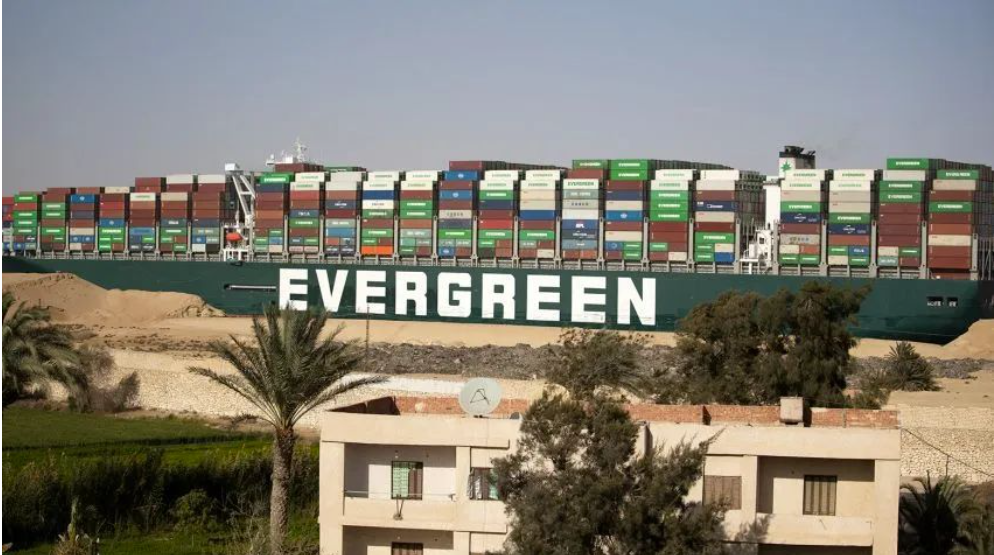Over the past two months or so, the Houthis have attacked 27 vessels in Red Sea waters, with the largest attack occurring on January 9, indicating a continued threat to Red Sea maritime traffic.
Tensions in the Red Sea, overlaid with a surge in maritime demand brought about by the traditional holiday season, are driving a spike in containerized freight rates. Clients of Esquel’s container trading platform confirm that shipping lines have raised space prices significantly. One client in Singapore shared, “The average quote on the Central Europe route this week is around USD 5,400/40′HC, compared to just above and below USD 1,500 last week – a whopping 260% increase!”
In terms of container prices, Latin America, Japan and Korea, as well as the European Mediterranean have seen the highest increases in spot container trading prices over the past 30 days, with spot prices for containerized trade in eastern Latin America soaring 48%.
Global Container Price Increases in the Past 30 Days
Container demand surge
As the Lunar New Year draws nearer, Asian shippers and freight forwarders are seeing growing demand for containers given the demand for shipments in the coming weeks. Shipping lines need more containers now because they want to avoid the Red Sea,” a container manufacturer from China told Esquel Germany. As a result, shipping lines and leasing companies have placed orders for more than 750,000 ISO containers in the past two months.”
Meanwhile, as you can see from the data on the EssexJet platform, container spot trading prices are rising at an alarming rate. The box price trends in Shanghai, Hamburg and Boston in the chart below show the current surge in demand for boxes in these hotspots.
Translated with www.DeepL.com/Translator (free version)
With container price expectations peaking, the Container Price Sentiment Index (xCPSI) suggests that supply chain professionals expect these prices to rise sharply further in the coming weeks.
Container Price Sentiment Index
Analysis of the impact of the Red Sea crisis on the shipping industry
Ship detours: Ships are detouring around the Cape of Good Hope resulting in increased fuel costs, reduced transportation efficiency and concerns about environmental issues.
Tanker traffic: Despite the disruption, oil and tanker traffic in the Red Sea remained stable in December, offering a glimmer of hope for a stable energy supply chain.
Rising transportation costs: Fuel costs around the Cape of Good Hope are 20-23% higher than through the Suez Canal. The Red Sea crisis is expected to increase transportation costs by 60% and insurance premiums by 20%, driving up overall operating costs.
Rising premiums: Soaring war risk insurance premiums may cause shipping companies to seek alternative routes.
Rerouting impacts: Rerouting to the Cape of Good Hope can cause delays of 10 to 20 days, increasing logistical complexity and affecting delivery times.
Supply chain disruptions: The Red Sea crisis has highlighted the wider issue of supply chain disruptions, requiring companies to undertake strategic planning and forecasting to meet the challenge.
Post time: Jan-18-2024



